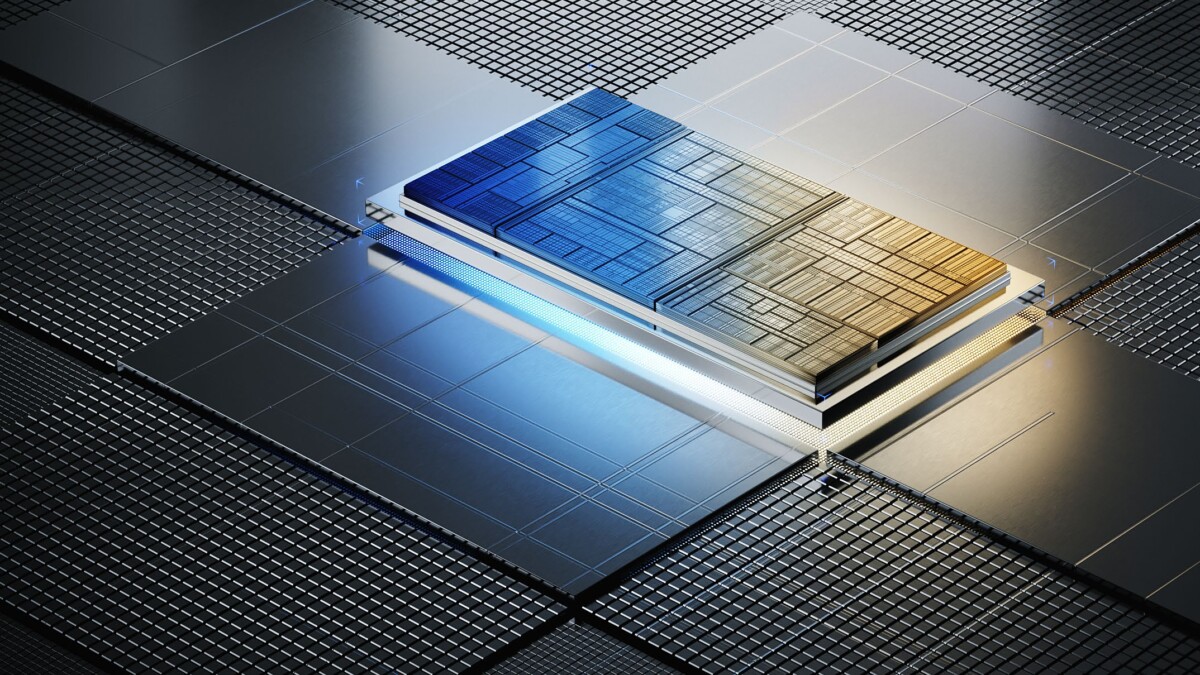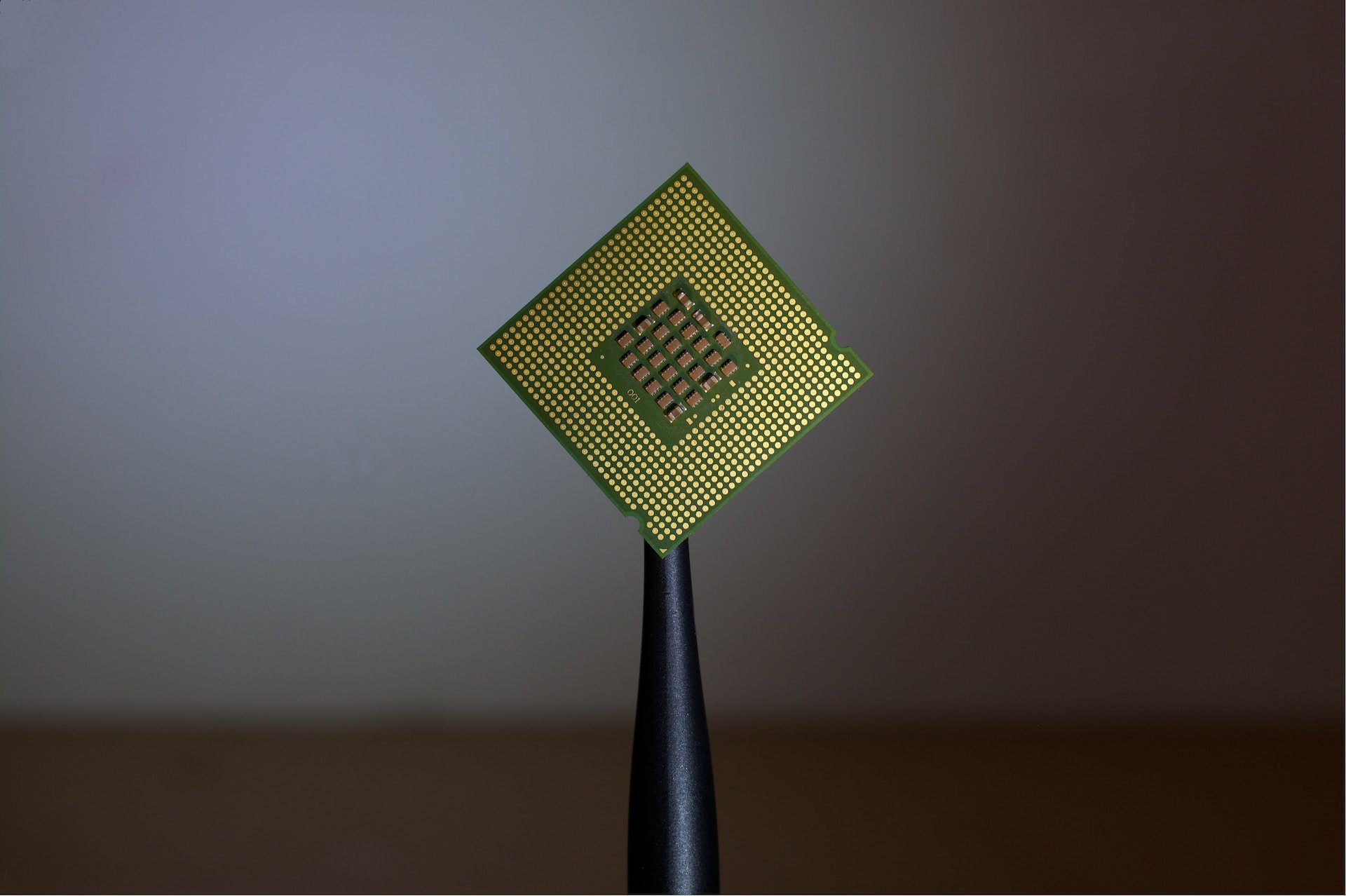Intel President Pat Gelsinger doesn’t seem to be taking ARM’s arrival on the PC seriously. And yet…
Intel is doing well: the processor manufacturer is in good financial health and plans to exceed Wall Street’s expectations in the light of a PC market which is slowly recovering.
Confidently, the president of the firm Pat Gelisinger spoke during the call to investors about the arrival of ARM on the PC market, which he does not consider as a threat to Intel.
Intel does not fear ARM
Recently, the ARM architecture has continued to make headlines. Qualcomm will launch its ARM-based Snapdragon X PC chip in 2024 while AMD and Nvidia are reportedly designing their own chips for 2025.
The arrival of these new processors on PCs could threaten the market currently dominated by x86 chips from Intel and AMD. Everyone will try to emulate the Apple model with its M1 chip, by offering a record performance/energy efficiency ratio as well as hardware dedicated to AI.
But according to Pat Gelisinger, the threat to Intel would be greatly exaggerated:
ARM and Windows alternatives have generally been relegated to fairly insignificant roles in the PC industry. We take all of our competitors seriously, but I think history guides us here. We don’t think they could be that important overall.
If historically, ARM on Windows has only been a story of shaky emulation and haphazard performance, this should change with Windows 12. Microsoft’s next operating system should natively support the architecture and therefore mark a real turning point in the way of designing and manufacturing computers.
The duel x86 vs. ARM is imminent
While it is true that the transition to ARM will be slow and gradual, it seems inevitable for Microsoft, which predicts that ARM chips will account for 25% of the PC market in 2027. Intel itself is not insensitive to the efficiency of this architecture: with Alder Lake, its 12th generation of processors launched in 2021, the manufacturer was strongly inspired by ARM and its big.LITTLE technology, by mixing high performance and low consumption cores.

The manufacturer is however confident in its future generation of Meteor Lake processors expected at the end of the year, which it announces as its biggest revolution in 40 years. In addition, servers and data centers, the bulk of the market for processor brands like Intel and AMD, have also initiated a slow transition to ARM, particularly for their better energy efficiency.
Want to join a community of enthusiasts? Our Discord welcomes you, it is a place of mutual help and passion around tech.
